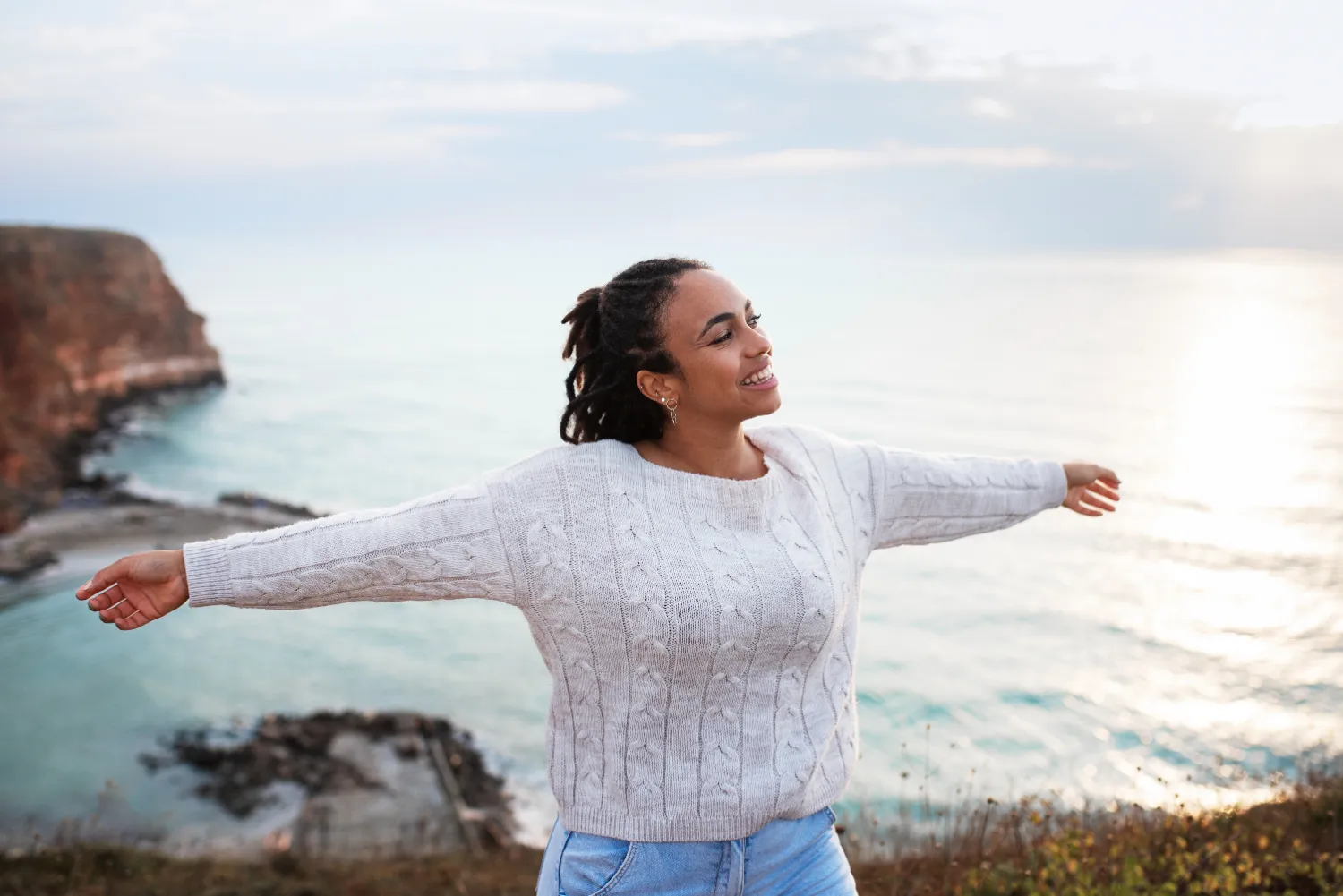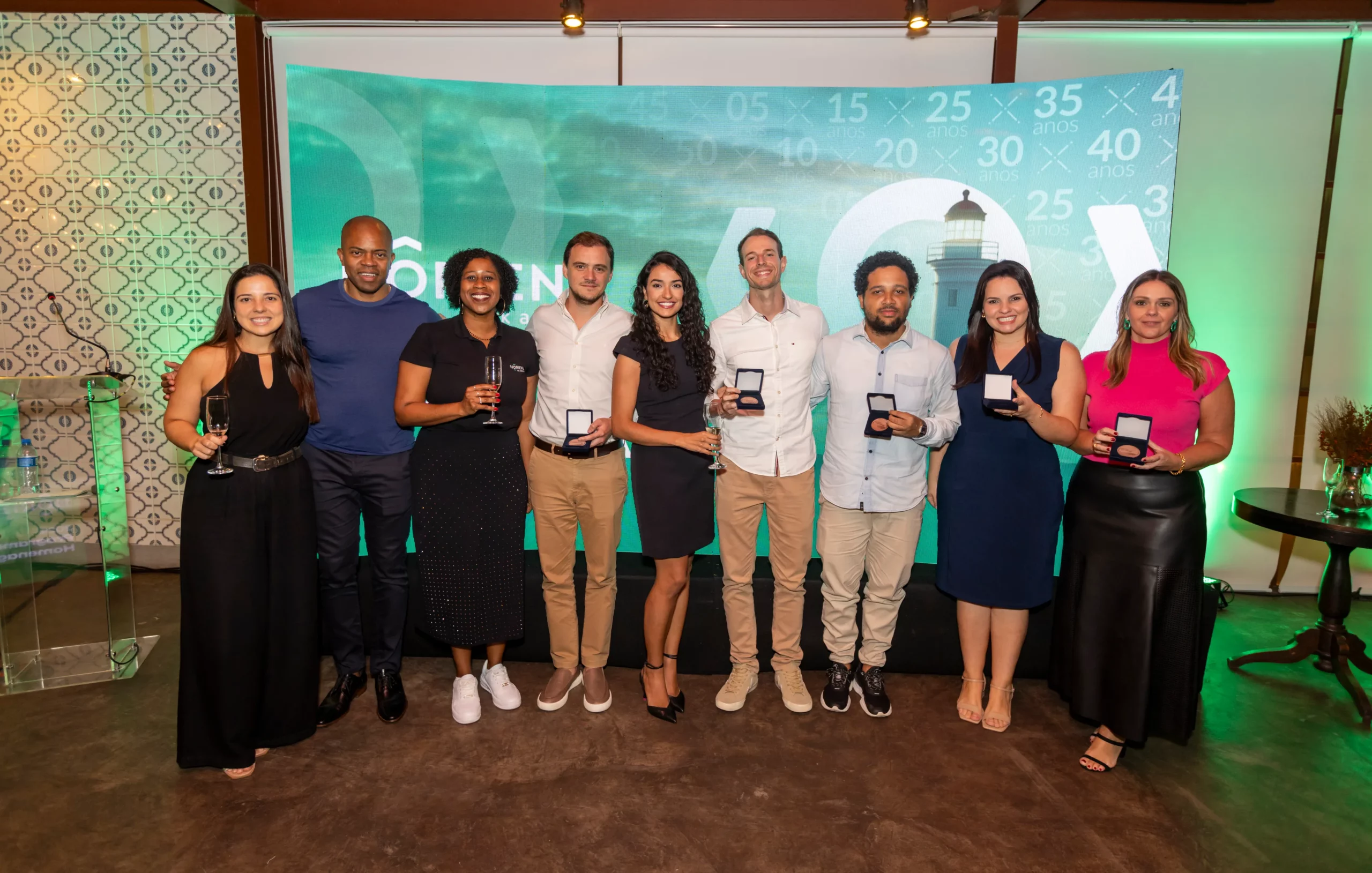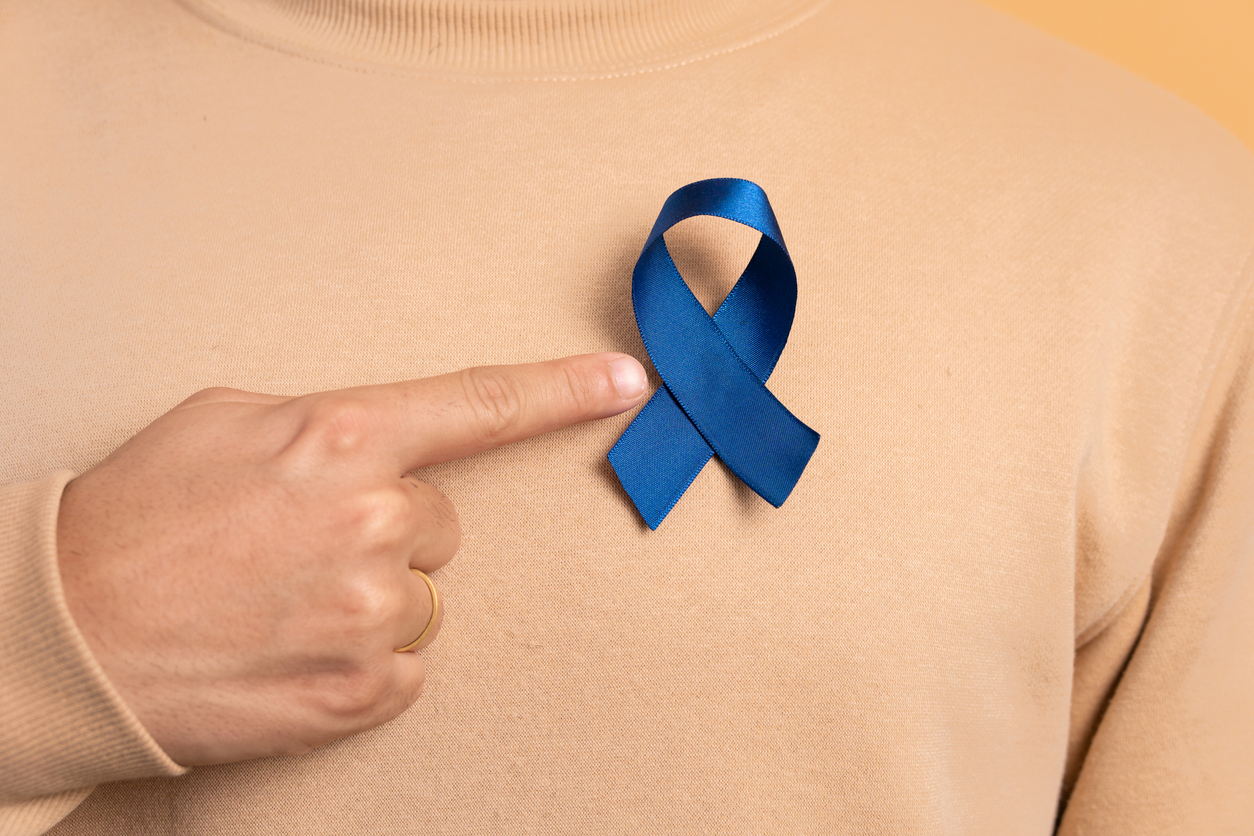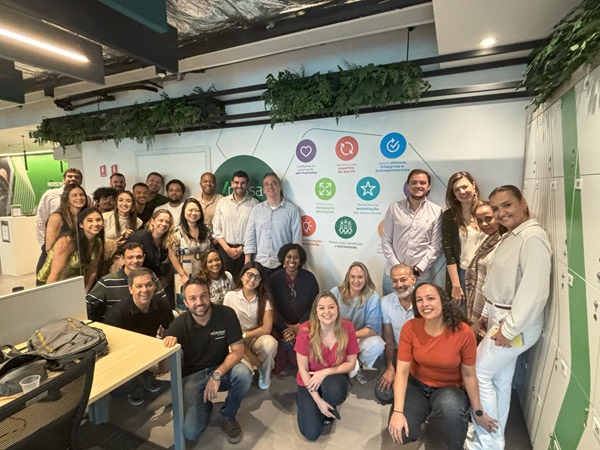Although it is still common to associate indigenous peoples with a way of life that is in the popular imagination, it is important to know that they are diverse and contemporary peoples, representing about 5,000 different cultures worldwide.
In Brazil, according to the latest Demographic Census survey (2010), There are about 900,000 indigenous people, from more than 300 ethnic groups. Most of them currently live in the northern region of Brazil, on collective lands, in the so-called Legal Amazon, which covers the states of Amazonas, Acre, Amapá, Pará, Rondônia, Roraima, Tocantins, Mato Grosso, and the western part of Maranhão.
This number, however, was once much higher. According to data from the National Foundation of Indigenous Peoples (FUNAI), The indigenous population in Brazil in the 1500s was approximately 3 million. Throughout the history of Brazil, these peoples have largely disappeared, due to extermination, epidemics, and slavery.
At the end of the 20th century, some important steps were taken, assuring indigenous people important rights in the 1988 Constitution. The State became responsible for demarcating lands traditionally occupied by native groups and also for adopting public policies to preserve indigenous forms of social organization, languages and customs.
Still at the end of the last century, in 1989, Another important milestone was the approval of the Indigenous and Tribal Peoples Convention (Convention 169) by the International Labor Organization (ILO), United Nations (UN) agency.
In addition to addressing the rights already provided for in the Brazilian Constitution, the Convention established as an obligation of the signatory states the definition of consultation procedures with indigenous peoples prior to the realization of projects that could impact them. Brazil became a signatory in the early 1990s and the approval in Congress occurred in 2002.
If it is important to recognize that important steps have been taken in the last decades, on the other hand there is still much to be done to repair the violations suffered throughout history and to continuously strengthen the respect for indigenous cultures.
When was the Indigenous Peoples’ Day created?
Under the influence and pressure of Marechal Rondon, an important Brazilian indigenist, in 1943 the ‘Indian Day’ was instituted in Brazil by the then president Getúlio Vargas (19/4), by means of Decree-Law No. 5540. In 2022, the date was renamed ‘Indigenous Peoples’ Day’ in order to more appropriately represent the cultural and ethnic diversity of indigenous peoples, avoiding stereotypes that can feed forms of discrimination.
By the way: the term ‘indigenous’ means ‘native’, or ‘native of a specific place’, and is an accurate way to refer to the various peoples who, since before the colonization of Brazil, have lived in the lands that today make up the country.
At Horiens, we believe in the plurality of views and experiences as key elements in the construction of solutions for a better world and, therefore, we work for equity and respect to diversity.
In this month of April that celebrates the Day of the Indigenous Peoples, we share this informative material as a way to encourage and strengthen this look at diversity and the preservation of the culture and rights of indigenous peoples, an agenda that we consider fundamental to our evolution as a society!
How about learning more about Brazil’s indigenous peoples?
Searching for references and knowledge is essential for us to actively participate in relevant agendas for society, isn’t it?
Therefore, we have highlighted below some options for thematic tours to broaden horizons and knowledge about indigenous peoples. Check it out:
- Museum of Indigenous Cultures (IMC): opened in 2022 and located in Água Branca, in the west zone of São Paulo, it is focused on valuing and disseminating the indigenous cultural heritage. The museum has the participation and protagonism of several indigenous peoples and communities in its management.
https://museudasculturasindigenas.org.br/
- Nhe’ Exhibition? Porã: Memory and Transformation – Portuguese Language Museum: on show until April 23rd, the exhibition presents the richness and diversity of the 274 indigenous languages currently spoken in Brazil. The name of the exhibition, organized by more than 50 indigenous professionals, means “beautiful words” in the Guarani Mbya language.
- Exhibitions on indigenous stories – MASP: the year 2023 is dedicated at MASP to indigenous peoples and art. Shows and short films are part of the museum’s program, presenting the diversity and art of these cultures. Get to know the exhibitions MAHKU: Mirações (Mirações ) and Carmézia Emiliano – A árvore da vida (The tree of life), on show until June 4th and June 18th, respectively. The short films produced by the Bepunu Mebengokré Collective, about the ancestral art of body painting, performed by Mebengokré-Kayapó women, will be screened until June 18th.










